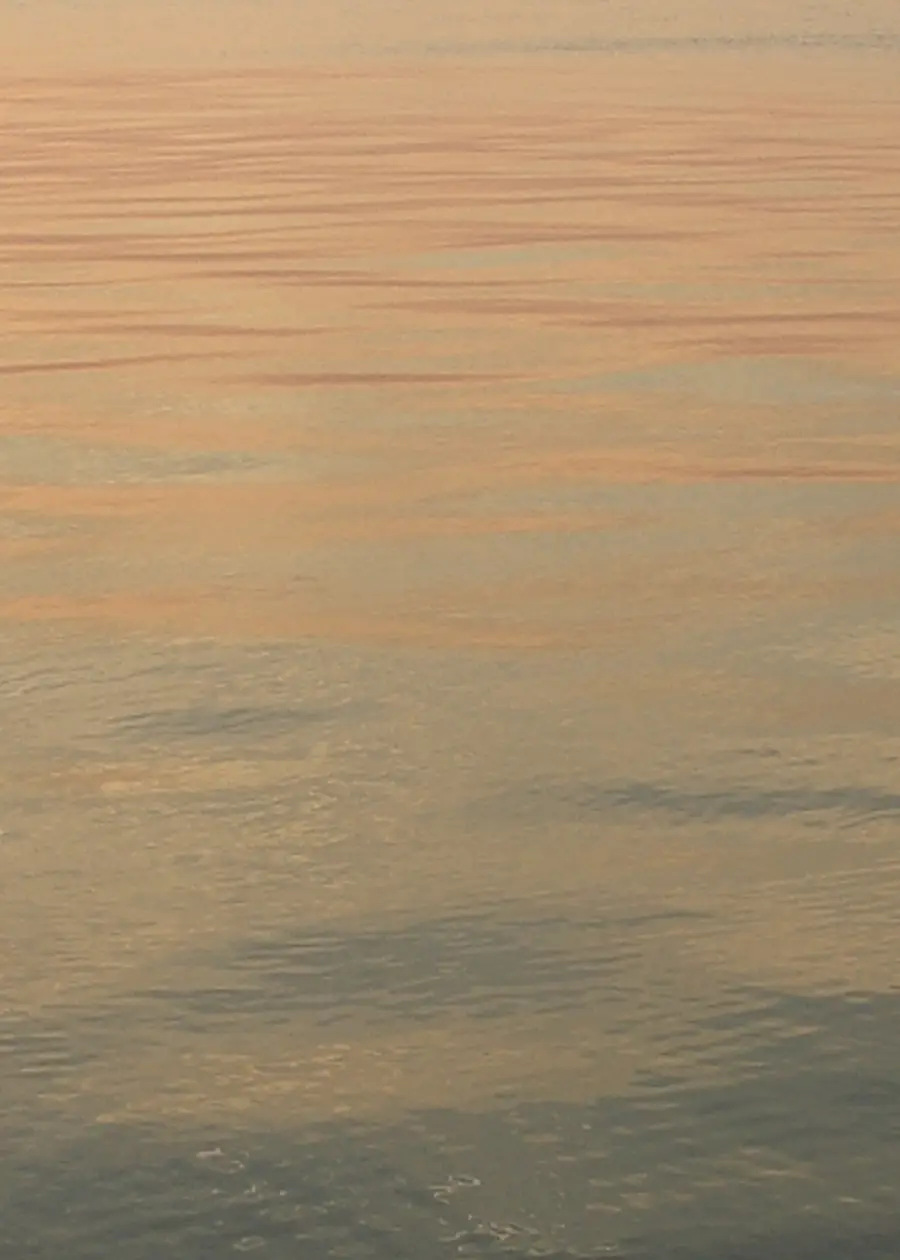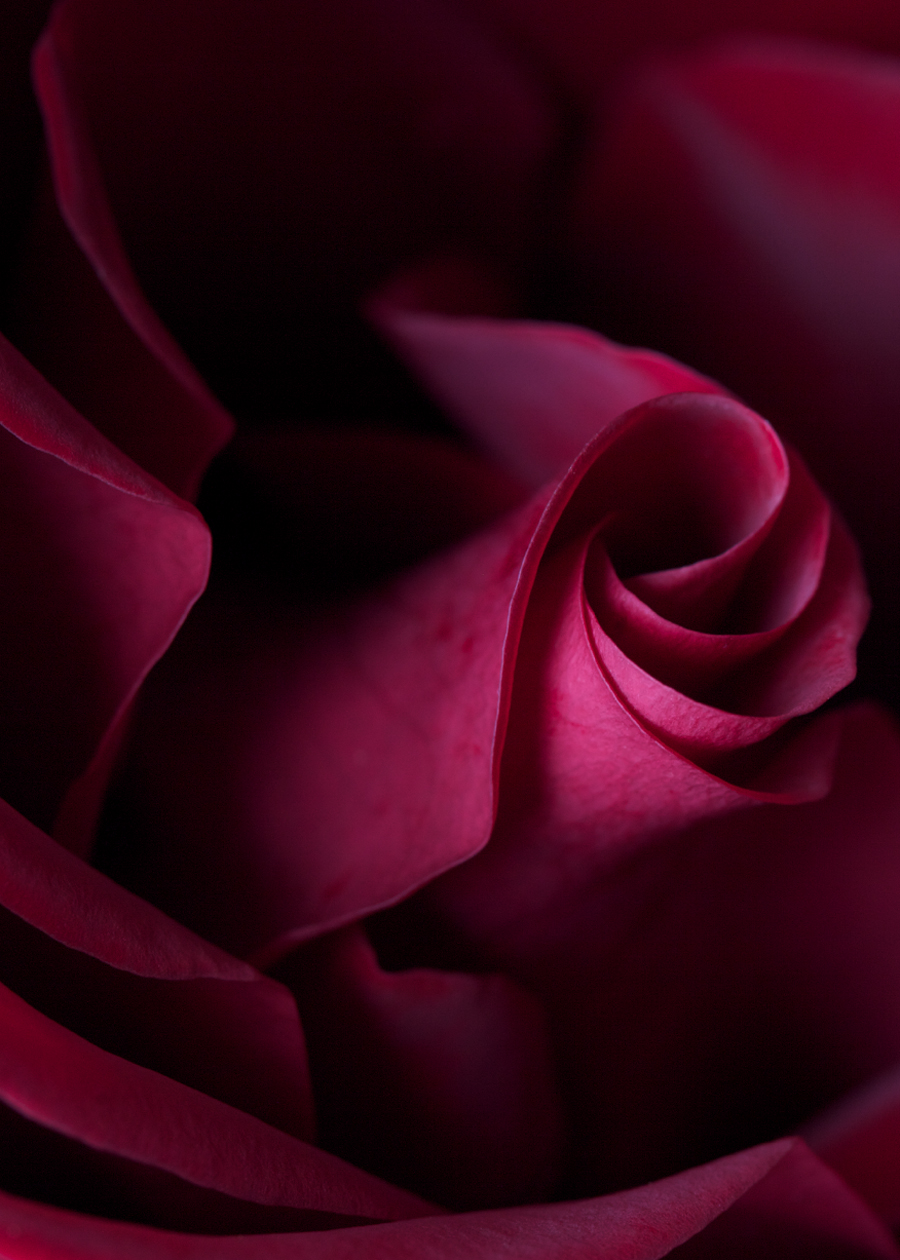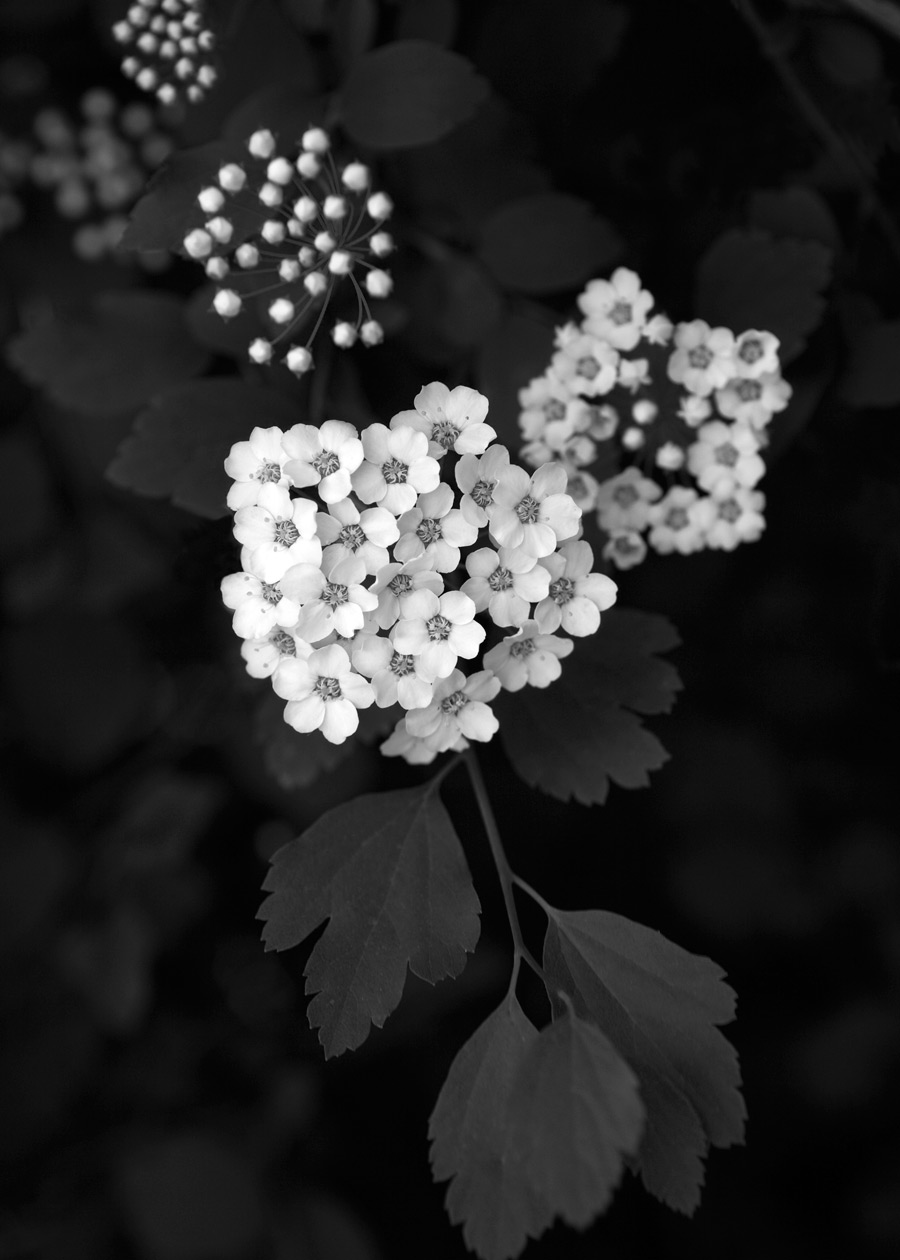I’ve often written here about the concept of ‘Flow’ as it relates to creative process and our overall sense of well-being; that there is a higher intelligence at work regarding a formula for creativity that we can trust as an organizing principle not only in the creative process, but more importantly in our day to day lives. We’ve all had that feeling of being ‘in the zone’. It’s almost an outer body experience; whether you’re an artist or an athlete, doing the dishes or working in the garden. My own experience has most certainly taught me that only when I let go of all conscious effort can I tap into real creativity, insight, maximum effectiveness and a deeper sense of connection—even though I may feel out of control and filled with uncertainty (which I often do).

© Elizabeth Watt
In his book Trying Not to Try: Ancient China, Modern Science and the Power of Spontaneity, Edward Slingerland beautifully dissects the principle of Wu Wei, or unattached action, taking the concept of ‘flow’ further. He connects our very modern preoccupation with creativity, heightened performance and the quality of ‘being’ to principles put forth by early Chinese philosophers. The 5th to 3rd century BCE was a time of social and political chaos, but also a time of incredible philosophical creativity. Several religious thinkers incorporated the virtues of ‘naturalness’ and spontaneity into their writings, and although they didn’t agree on all points, they all felt that “overall success in life was linked to the charisma one radiates when completely at ease, or the effectiveness one displays when fully absorbed.” Breaking it down,
“Wu-wei literally translates as “no trying” or “no doing,” but it’s not at all about dull inaction. In fact, it refers to the dynamic, effortless, and unselfconscious state of mind of a person who is optimally active and effective. People in wu-wei feel as if they are doing nothing, while at the same time they might be creating a brilliant work of art, smoothly negotiating a complex social situation, or even bringing the entire world into harmonious order. For a person in wu-wei , proper and effective conduct follows as automatically as the body gives in to the seductive rhythm of a song. This state of harmony is both complex and holistic, involving as it does the integration of the body, the emotions, and the mind. If we have to translate it, wu-wei is probably best rendered as something like “effortless action” or “spontaneous action.” Being in wu-wei is relaxing and enjoyable, but in a deeply rewarding way that distinguishes it from cruder or more mundane pleasures. In many respects, it resembles the psychologist Mihaly Csikszentmihalyi’s well-known concept of “flow,” or the idea of being in the zone, but with important—and revealing—differences that we will explore.”
We all have access to this state of being, more so as we age because it involves life experience, as British philosopher and writer Alan Watts states: “To know the principles, structures and trends of human natural affairs so well that one uses the last amount of energy in dealing with them.” Legendary photographer Edward Weston expresses it another way with regard to creative process:
“One does not think during creative work, any more than one thinks when driving a car. But one has a background: learning, unlearning, success, failure, dreaming, thinking, experiencing, all this—then the moment of creation, the focusing of all into the moment. So I can make ‘without thought’ ……but there is all the eyes have seen in my life to influence me.”
The question is then how to train ourselves to ‘shut off’ our minds (an oxymoron if there ever was one)—to create space for the subconscious intelligence to creep in with its’ gifts? This is a challenge we all face with society putting so much value on productivity and efficiency. There is excessive emphasis on the power of conscious thought; on will power. Spontaneous thought and action is thought to be somehow inferior, or uninformed.
The key to enlightened Wu Wei is seeing and responding appropriately to what is in front of you. Seeing Clearly. The paradox is that it is not effortless. To the contrary; it requires tremendous energy to stay continuously attuned to shifting circumstances—focused and alert, yet relaxed. It’s about building muscle around awareness and receptivity, around ‘not knowing’—about trusting your state of inward and outward harmonization which allows you to act naturally and spontaneously—with intention. It’s a tricky balance, but without a doubt it is where the magic happens.
Here’s a tip: Photography is a wonderful tool for taking us out of our habitual patterns of overthinking and into heightened present moment awareness. As a practice, wherever you are, commit to a half hour each day. Simply look for interesting imagery around you regardless of subject matter. Wander with intention. Don’t worry about outcomes. You’ll surprise yourself at how quickly you get into a state of receptivity and reap the benefits of spontaneity, find flow and get out of your monkey mind. You’ll feel relaxed, refreshed, and re-energized. It’s a wonderful reset. You’ll also take some pretty great photos. I promise. To see examples of my practice, click on my Instagram feed @elizabethwattny.



I appreciate your effort to connect and reconnect the dots and plunge the depths. I am also finding San Miguel a visual refresher: textures and angularity of light. Cheers!
Thank you for this acknowledgement!